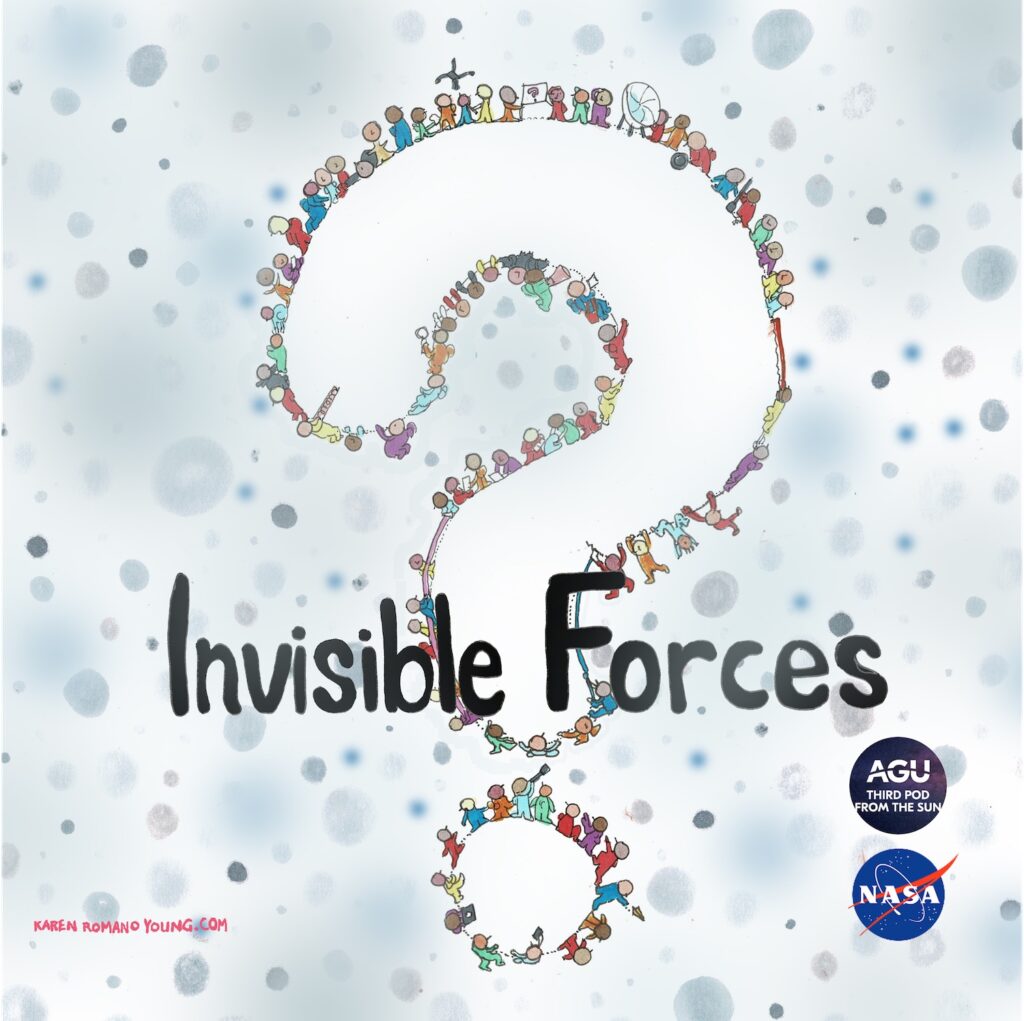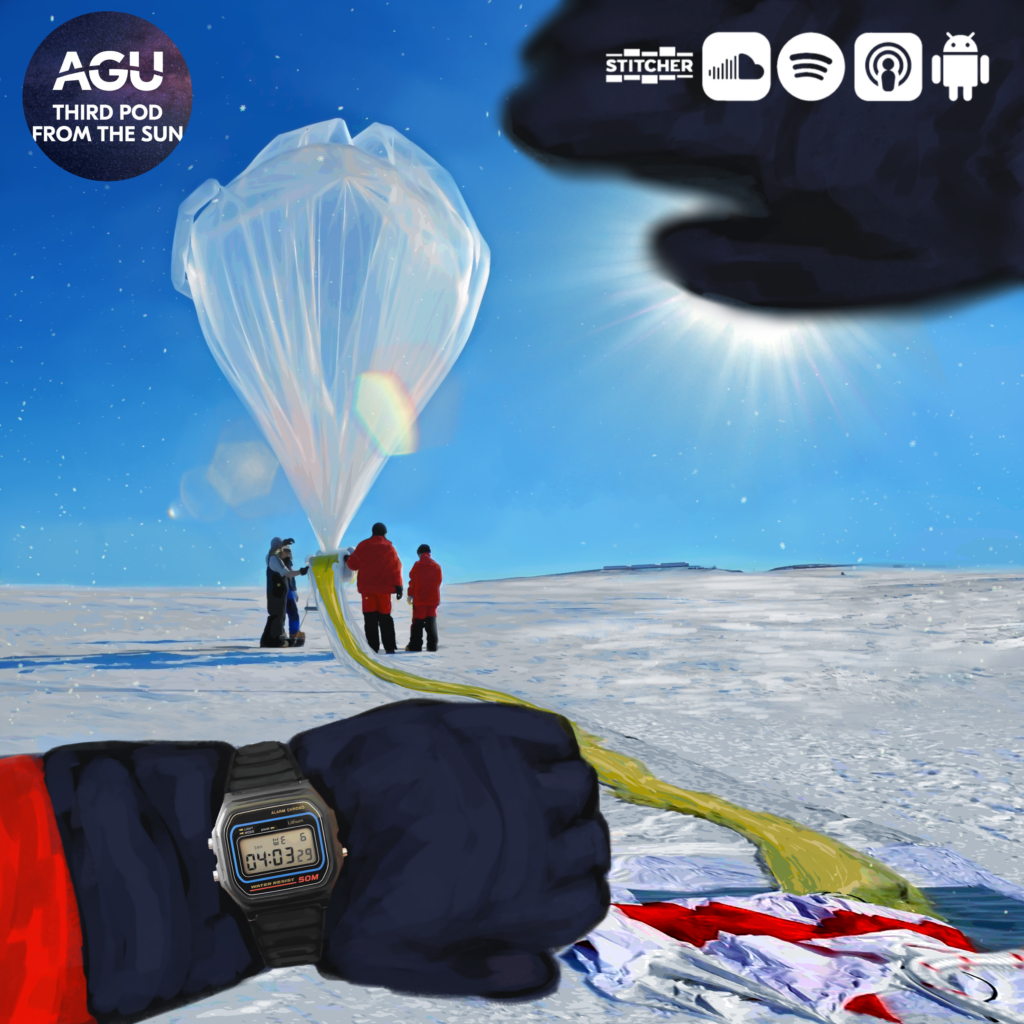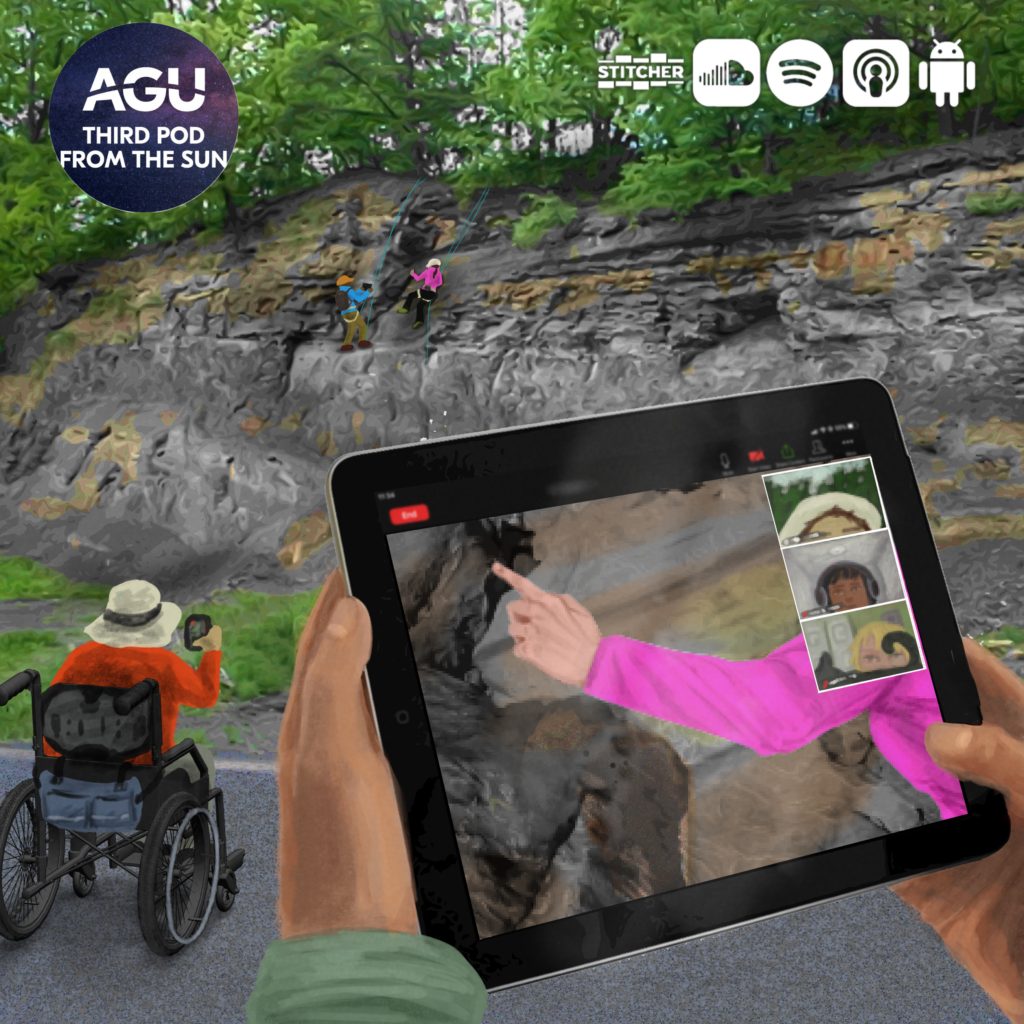Posts Tagged ‘Science & Society’
Tales from the (manus)crypt: Zombie-making fungi
Carolyn Elya is the Zombiologist in Chief, aka incoming Assistant Professor in Molecular and Cellular Biology at Harvard University. She’s been obsessed with parasites for a while, but it was the flies zombified by a fungus that made them climb, perch, and died that really caught her fancy.
Read MoreTales from the (manus)crypt: Mind-controlling mushrooms
The video game and TV show “The Last of Us” captivated audiences with the concept of a fungal pandemic. The story is set in a world ravaged by a fungus that infects people and turns them into zombies. But what’s the likelihood a human fungal pandemic could happen?
Read MoreTales from the (manus)crypt: Evolved bloodsuckers
We’re diving into the intriguing world of vampire bats and their unique genetic adaptations to a blood-based diet. Shenglin Liu is a researcher at the Senckenberg Natural History Museum in Frankfurt, Germany tells us that vampire bats have evolved specialized traits, from teeth modifications to brain enhancements, to thrive on a diet of blood.
Read MoreInvisible forces: Gravity of the (Venus) situation
What goes up must come down, right? Well, what if things go up and come down slightly slower than you might expect? Are there balloons attached? Filled with helium?
Are you on Venus?
Read MoreInvisible forces: Through the cloud of atmospheric aerosols
If you’re a scientist in an oceanography department, you’re probably studying the ocean, right? Well, part of your job might be studying things like phytoplankton, the tiny oceanic powerhouses that play a crucial role in our planet’s ecosystem. But how about clouds? Oh, and the properties of light, too?
Read MoreInvisible forces: Fielding Earth’s magnetic mysteries
What was the first big project you worked on at your job? An important report? An interesting experiment?
How about helping to build a satellite?
Read MoreInvisible forces: Sharpening our cosmic vision
When you look up into the night sky, what do you see? Is it a clear picture? Do you see anything at all? What if we could enhance our view of the cosmos and develop technology that promises to clear away cosmic blur?
Read MoreInvisible forces
We’re journeying into the mysterious world of invisible forces that shape our lives in ways we often overlook for our next series! Join us as we, explore nuclear energy, feel the pull of magnetic fields, and more.
Read MoreFieldwork rocks: Icy balloons & (natural) gaseous fumes
What do Antarctica, Nepal, South Korea, and rural NE Pennsylvania all have in common? They’re all places where Doug Goetz of UC Boulder’s Laboratory for Atmospheric and Space Physics has done fieldwork.
Read MoreFieldwork rocks: Can it be accessible for all?
When we imagine a geologist striding through the mountains, carrying heavy samples and equipment, the picture omits a lot of people. Scientists with mobility, vision and hearing impairments or other disabilities have a much longer road to walk to get to the field sites geologists often seek.
Read More









